One of the enjoyable aspects of sites like 35mmc, Emulsive, and other places where analogue photography continues to be explored and celebrated in the age of unrelenting advances in digital imaging technology, is the diversity of ways in which people impart value to old film cameras. For me image quality remains an important, though admittedly gradually receding, factor, even for the top end medium format cameras such as the Mamiya 6 and 7. But it can also be about many other things, often including intangible qualities – engineering elegance, ‘feel’, rarity, obscurity, historical intrigue, perceived coolness, quirkiness of design or aesthetics, or simply the fact that a particular camera was a garage sale bargain or a gift from a relative or good friend. Recently, my dad gave me a pile of his old gear (he pretty much only uses his phone these days) so, partly as a form of reciprocation, and partly out of sheer curiosity I immediately wanted to put some film in each of them to see what they could do. This Zeiss (Ikon) Contina 1 (522/24) is the first cab off that rank.
I’m not entirely sure about the reliability of my sources in providing some history on this particular device, but Camerapedia reckons it was manufactured between 1951 and 1955. It’s the second of three folding varieties that were quite quickly superseded by significantly chunkier non-folding models, starting with the Contina 1a in 1954. In a 2018 article about this model, Sergio Palazzi calls it a ‘Zeiss Ikonta B 522/24’. I am not sure where the ‘B’ comes from but perhaps it’s because it was the second of the series? I’m calling this one a ‘Contina’ because that word is emblazoned on the outside of the door that opens the lens.
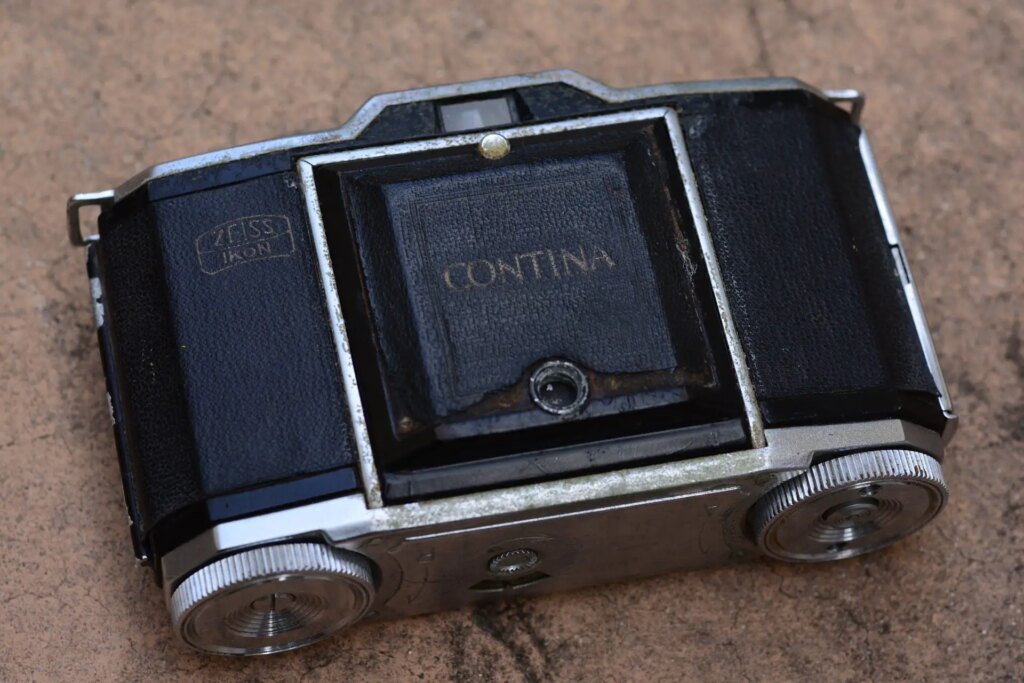
My dad’s Contina has a Zeiss-Opton Tessar 45mm F2.8 lens with the much ballyhooed ‘red T’ symbol on it, indicating that the coating is special and among the more advanced formulas of the day. This specimen has spent the better part of two decades in the humid tropics and sadly has some spots of corrosion at the top of the front plate around the viewfinder. And yes, the relatively sparse spidery pattern I can see on the front two lens elements is probably fungus (I’d be pretty surprised if it wasn’t), but apart from that it’s in pretty decent condition, and functions as intended.
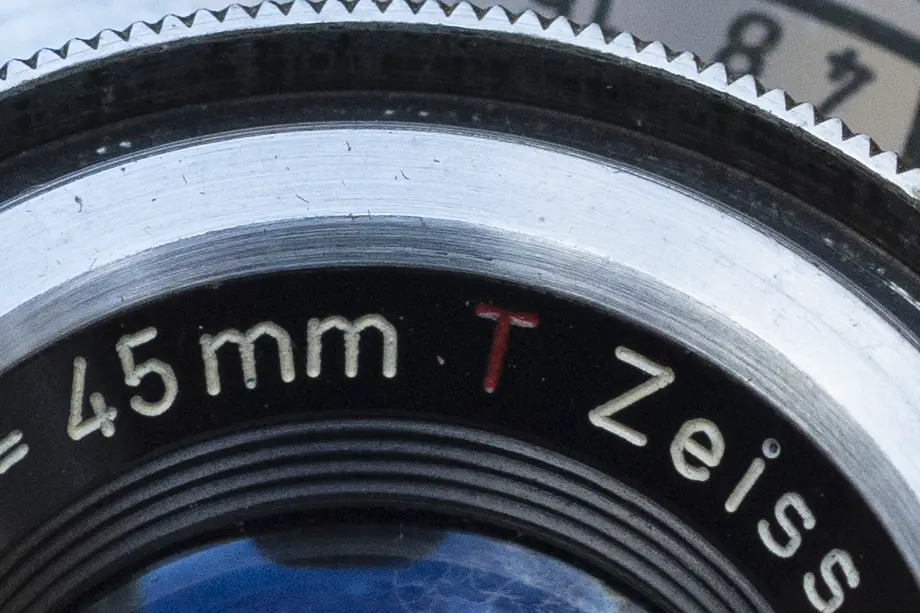
Pluses and minuses. Minuses first.
1) The viewfinder is really tiny! You simply can’t frame your shot if you need to leave your glasses on to see.
2) The lens isn’t quite as sharp as I was hoping, for being a Zeiss Tessar with the red T and all. We could possibly blame its light fungal infestation for some degradation of image quality, but I will say that for a Tessar it’s actually way better than I expected at the frame edges, including at F5.6. And you can sharpen the images up quite easily and convincingly in post.
3) The frames are 37mm long! What?! This means the negs are a tad annoying to scan in the strip film holder for my scanner.
4) No range finder. I’m already used to guessing distance so that’s no big deal, but shooting close up (it can focus down to 3 feet) is a gamble if you can’t actually measure the distance.
Pluses.
1) It’s svelte and cute (especially with the lens retracted) and looks and feels solid and well made. Sergio Palazzi called it ‘one of the most elegant cameras of all time’! Everything clicks perfectly into place.
2) Despite all that tropical punishment I didn’t need to do any repairs on it all to get it working. I’m not sure how big a challenge lens disassembly is on these models to deal with the fungus, or if that’s even worth attempting.
3) Its rendering of out of focus areas (bokeh) is very smooth, as expected for a Tessar.
4) After putting four different films through it I can confidently agree with Sergio that it produces great pictures! This camera is near as dammit seven decades old as I write this and it makes images with beautiful tones and colours which, with fine-grained film, good scanning and (if desired) a teeny bit of sharpening, could be printed at poster size no problem. I’ve quite enjoyed using the camera so far and am even considering trying out some other film stocks in it.
Here are your five frames, all shot in and around Townsville, North Queensland, Australia. All colour neg film was developed at home with a 1L C41 kit. All negatives scanned on a Nikon Coolscan LS9000 using Vuescan, in 16bit with Colour set at ‘Neutral’ and Blackpoint and Whitepoint both set to 0.1%. Minimal adjustments in post, sometimes including ‘Auto Colour’ (gasp!) and in some cases a gentle S curve applied.
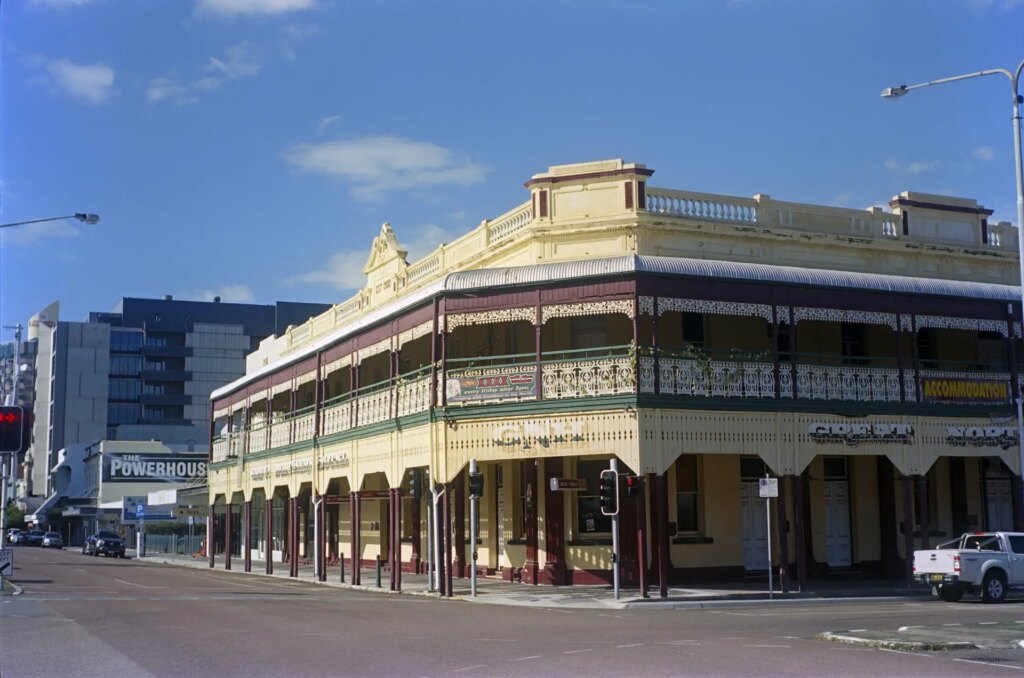
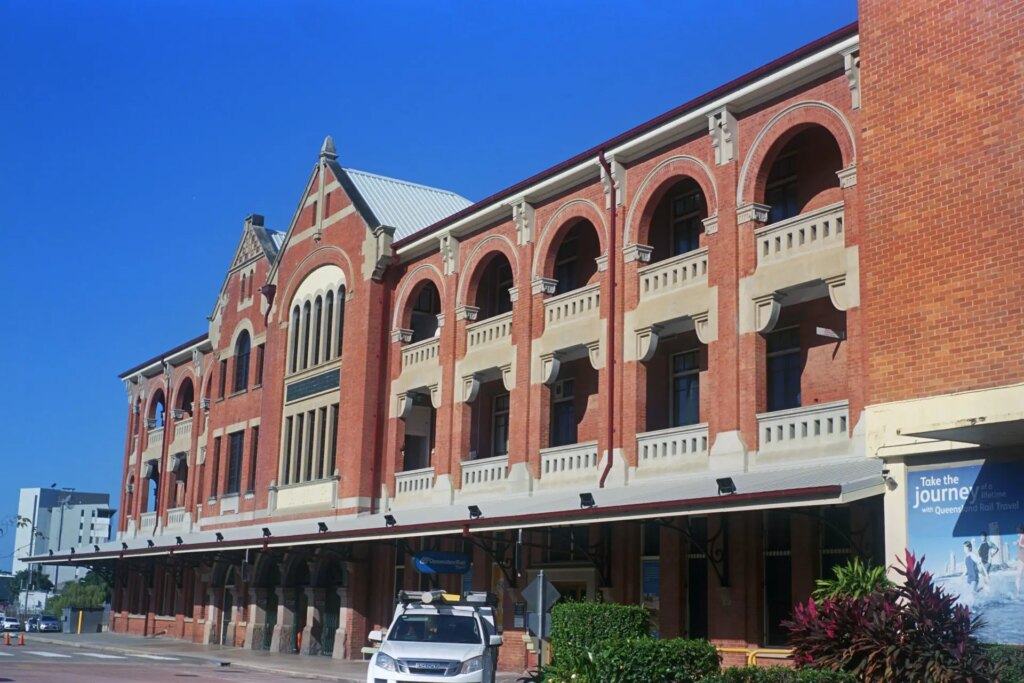
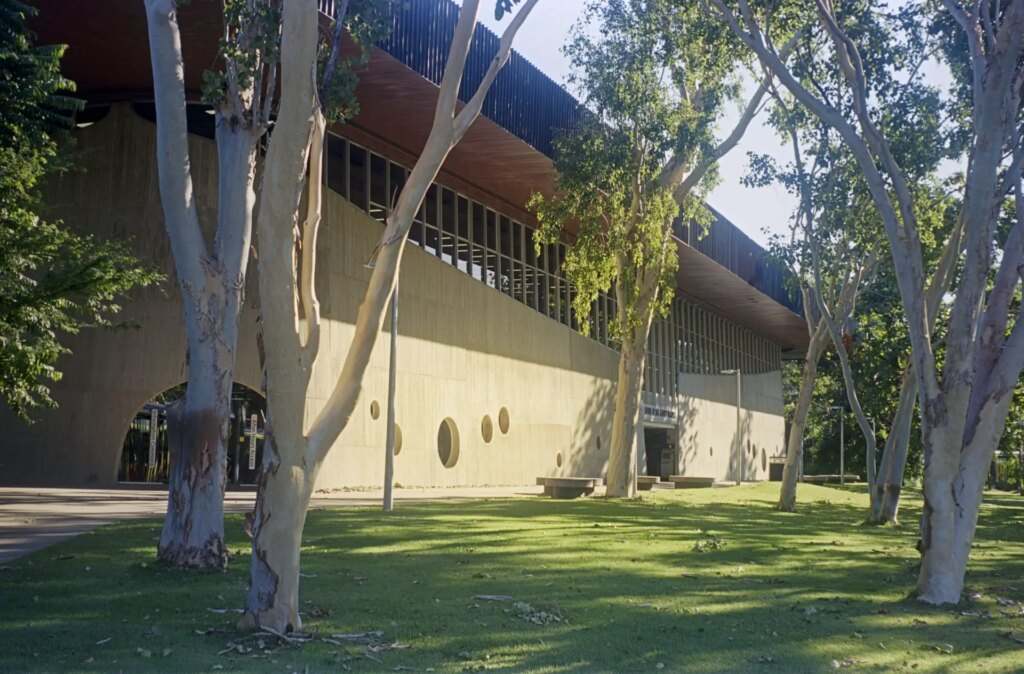
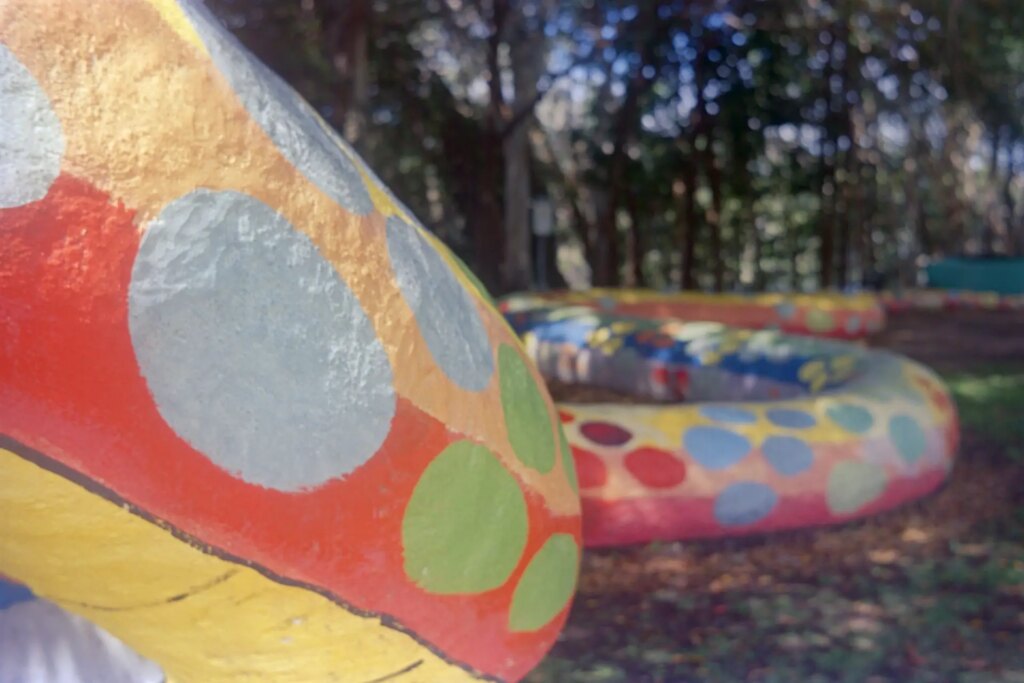
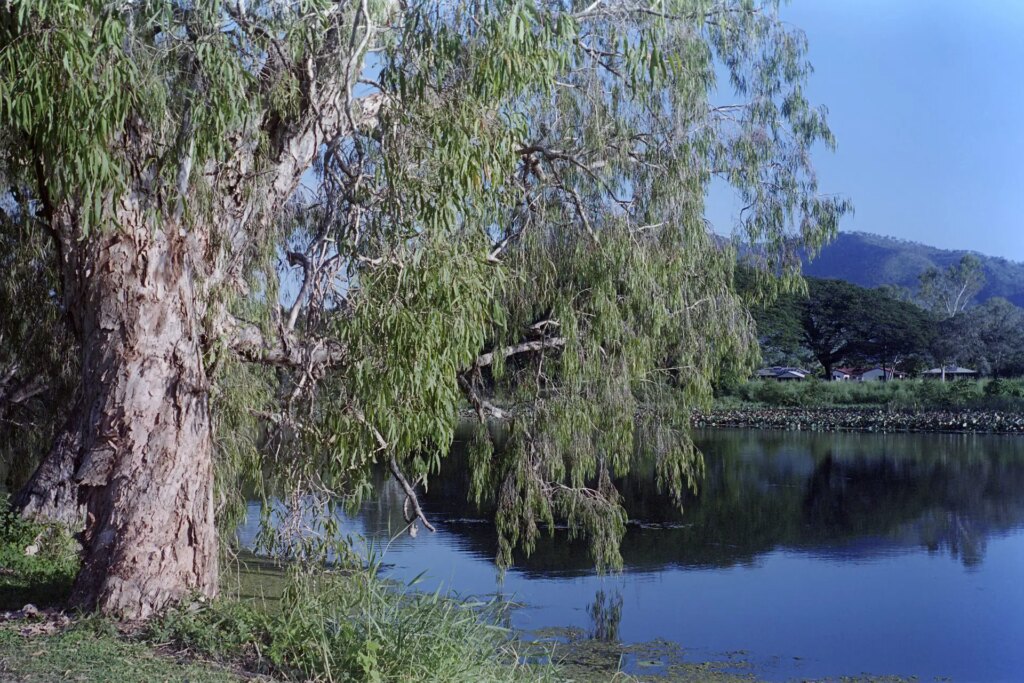
I’ve included a bonus pic to demonstrate the sharpness of the Tessar lens (at F8) using Rollei Retro 80S, a film which I believe has similar resolving power to Kodak T-Max 100 and slightly finer grain. Developed with H&W Control, one-shot. This is the Long Tan Memorial Pool.
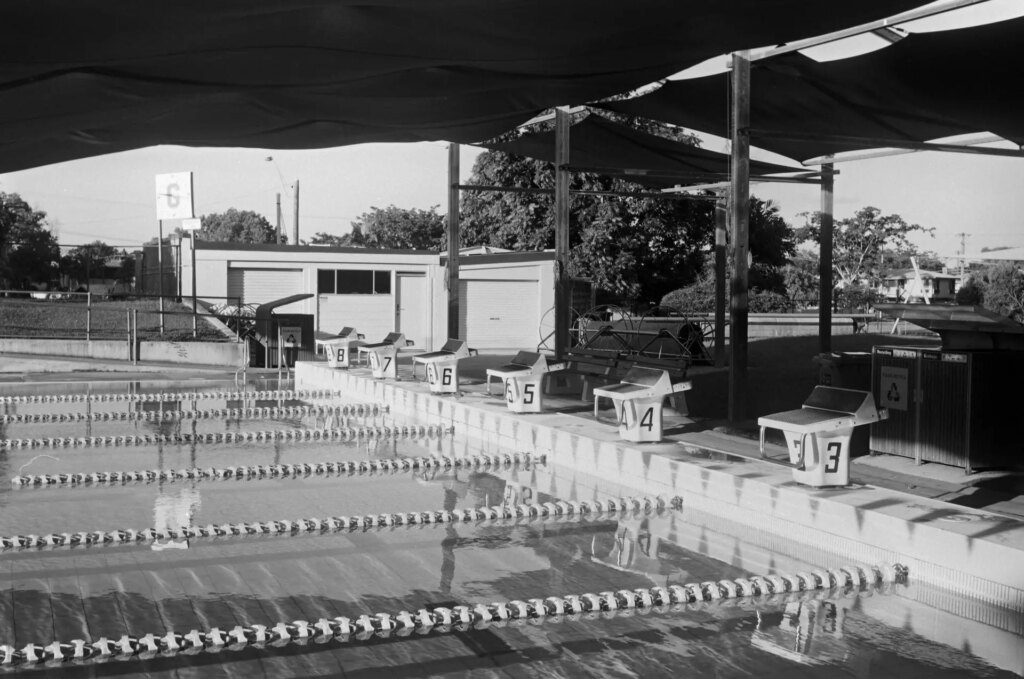
A crop from the above shot. No sharpening applied in post.
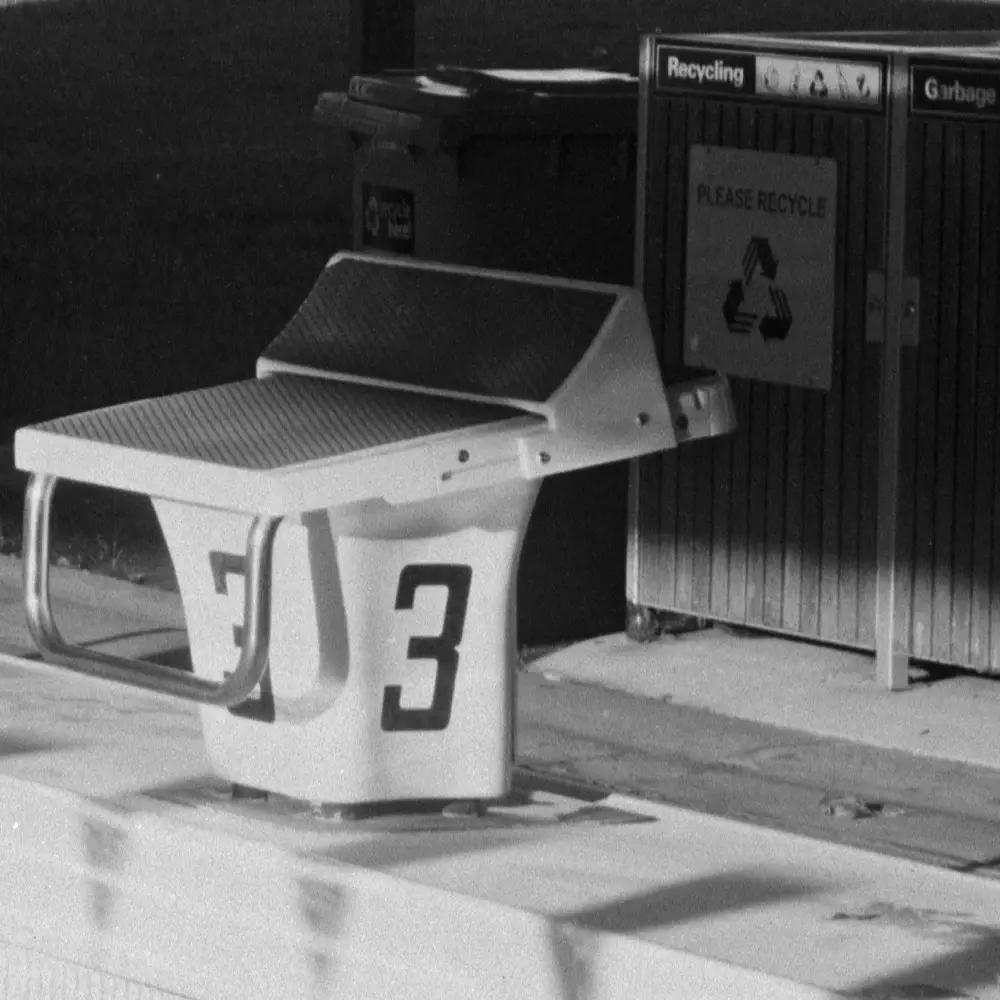
Thanks for reading. I hope you enjoyed this or at least found some of it interesting. My Flickr page is here.
Share this post:
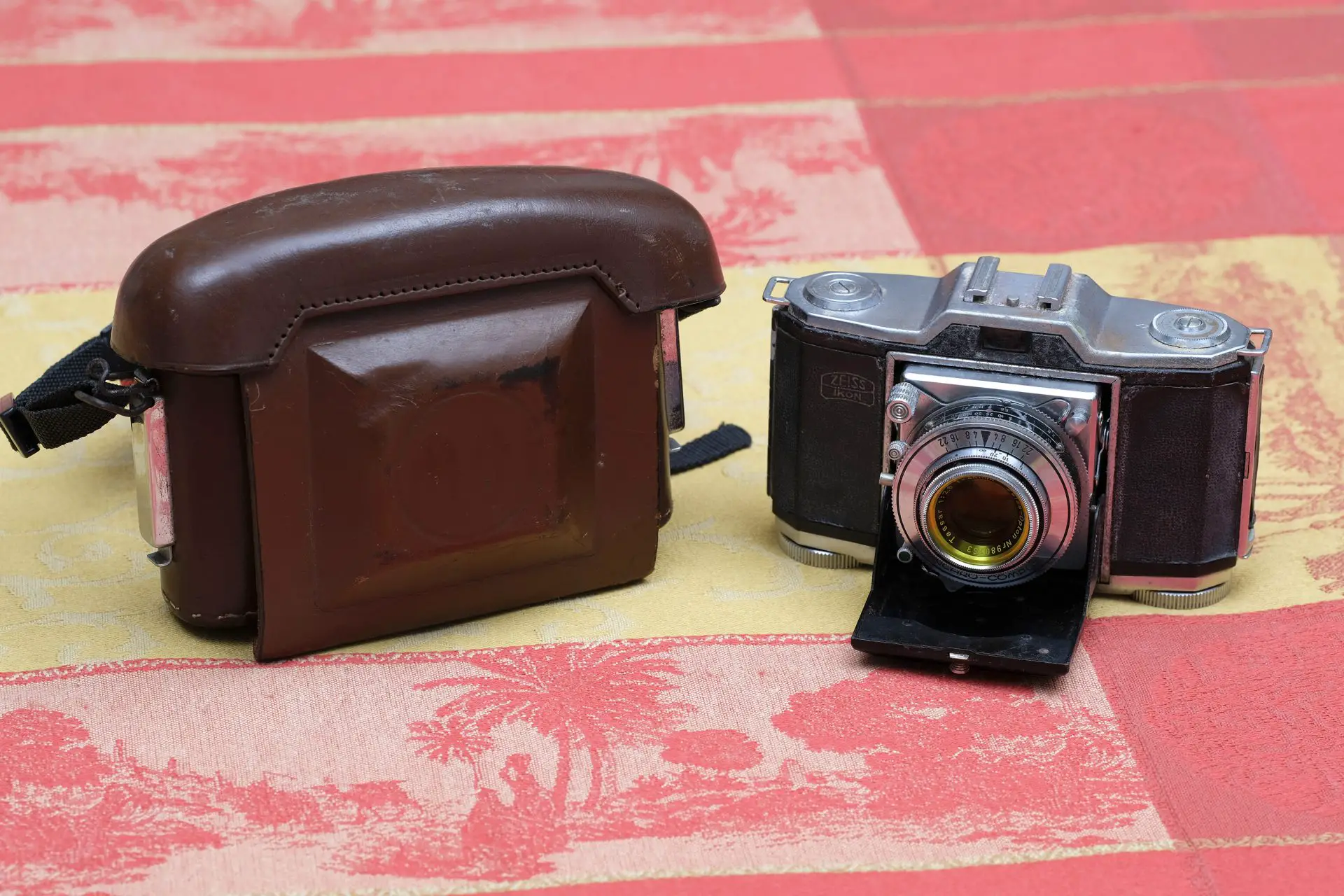

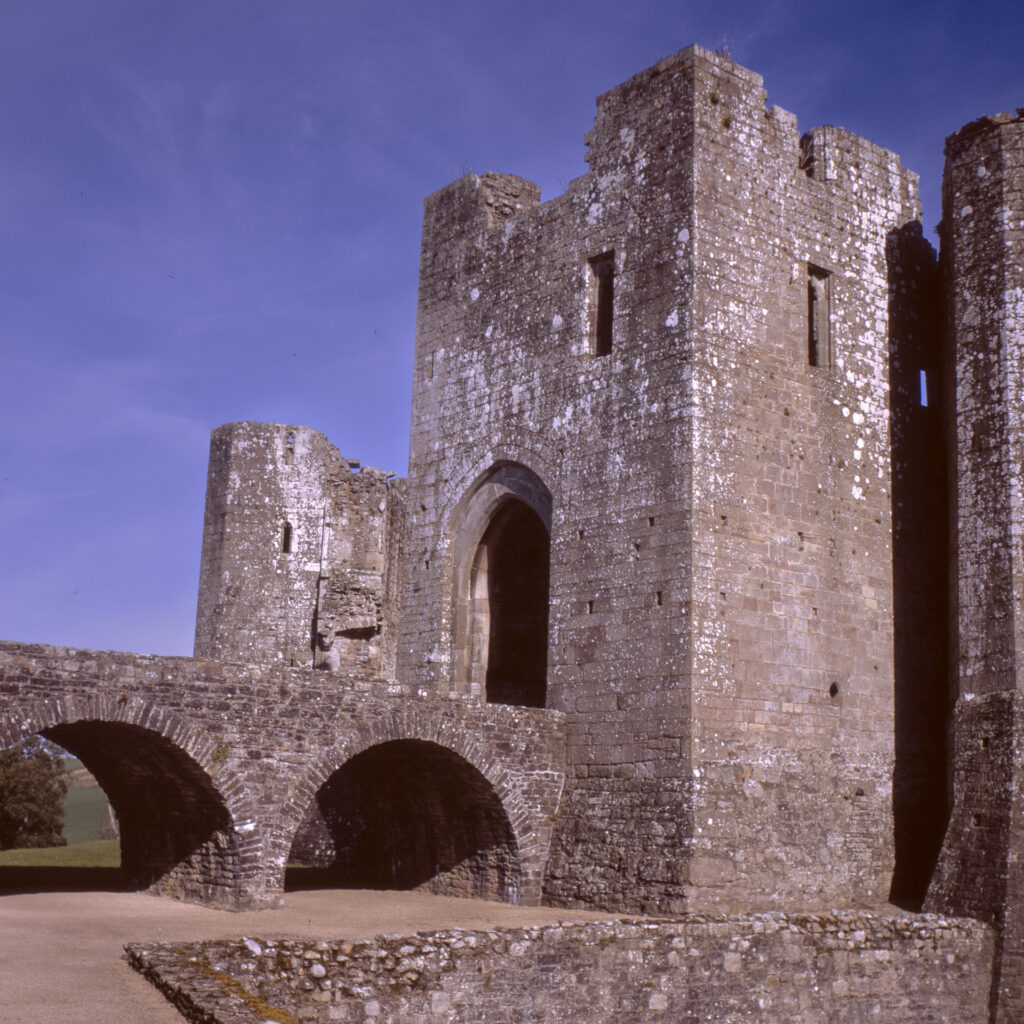
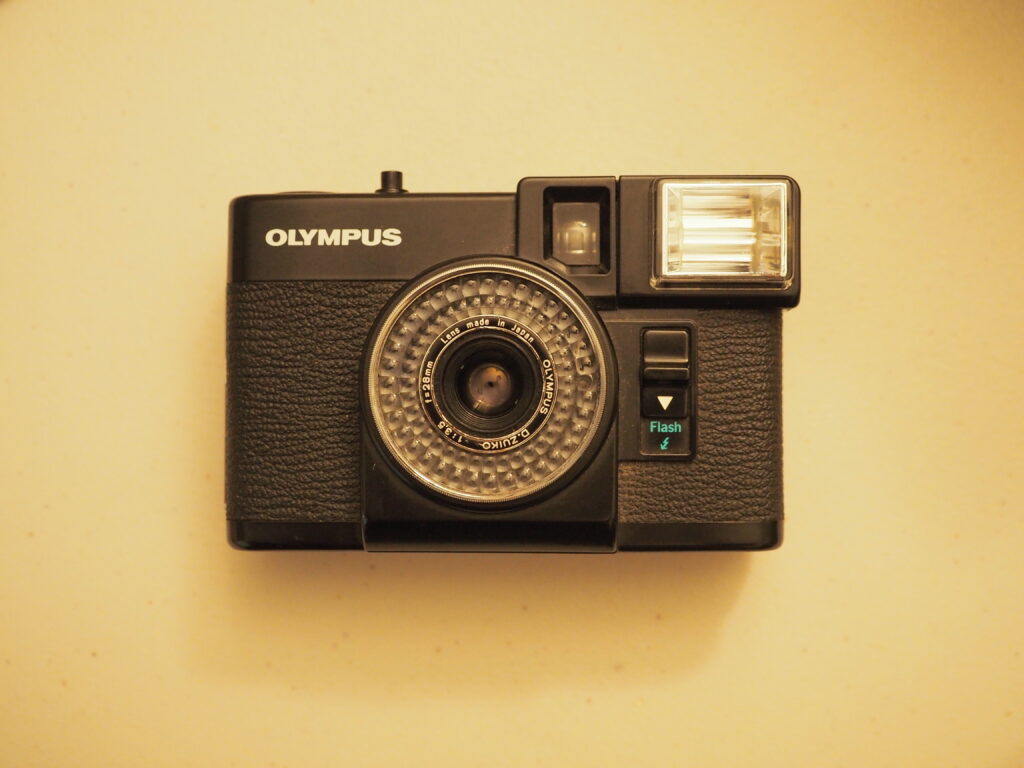





Comments
thorsten wulff on 5 Frames with the Zeiss (Ikon) Contina 1 (522/24) – by Simon Foale
Comment posted: 18/06/2022
Comment posted: 18/06/2022
Graeme Tregay on 5 Frames with the Zeiss (Ikon) Contina 1 (522/24) – by Simon Foale
Comment posted: 18/06/2022
Comment posted: 18/06/2022
Dave Powell on 5 Frames with the Zeiss (Ikon) Contina 1 (522/24) – by Simon Foale
Comment posted: 18/06/2022
But you also grabbed my attention in your first paragraph, when you commented on "the diversity of ways in which people impart value to old film cameras." As you said, these "imparted values" can come from a variety of intangible qualities. And I'll now confess to what must be one of the more obscure such qualities!
Many years ago, I purchased a classic Canon VI-T rangefinder camera with 50mm f/1.2 lens at a Massachusetts yard sale. It was in superb condition, except for the fact that (as I discovered later) the unique Trigger Winder in its base only sporadically caught and advanced the film. A downer, naturally! But I decided to gently exercise the mechanism once in a while... and after doing so for years, it now works consistently.
I also adapted its lens to my Fuji X-Pro1 for super-low-light, real-estate photography. It worked so well that I briefly considered selling the VI-T body online. (I know... for SHAME!)
But I didn't... because I opened the camera back one day, and noticed an old, curled sticker near its pressure plate. The camera had been purchased at the Suga Camera Shop in Tokyo's Imperial Hotel.
Considering its age, this meant that the VI-T was probably purchased there before that spectacular Frank-Lloyd-Wright complex was almost entirely destroyed in an earthquake. Today, people can experience this lost Wright project only in old photos... and the few surviving bits around which the current Imperial was rebuilt.
I love Wright's work... and feel that the camera is a beautifully built survivor of his fascinating era. I admit to great affection for it.
Comment posted: 18/06/2022
Johan on 5 Frames with the Zeiss (Ikon) Contina 1 (522/24) – by Simon Foale
Comment posted: 20/06/2022
Comment posted: 20/06/2022
JC on 5 Frames with the Zeiss (Ikon) Contina 1 (522/24) – by Simon Foale
Comment posted: 31/01/2024
The Tessars are very different about the decades.
Sometimes i use an CZ Jena Tessar 50mm f2.8 with a leathered focus ring on Contax RTS and on Praktica MTL/PLC. And it is tack sharp and fully usuable even at f2.8.